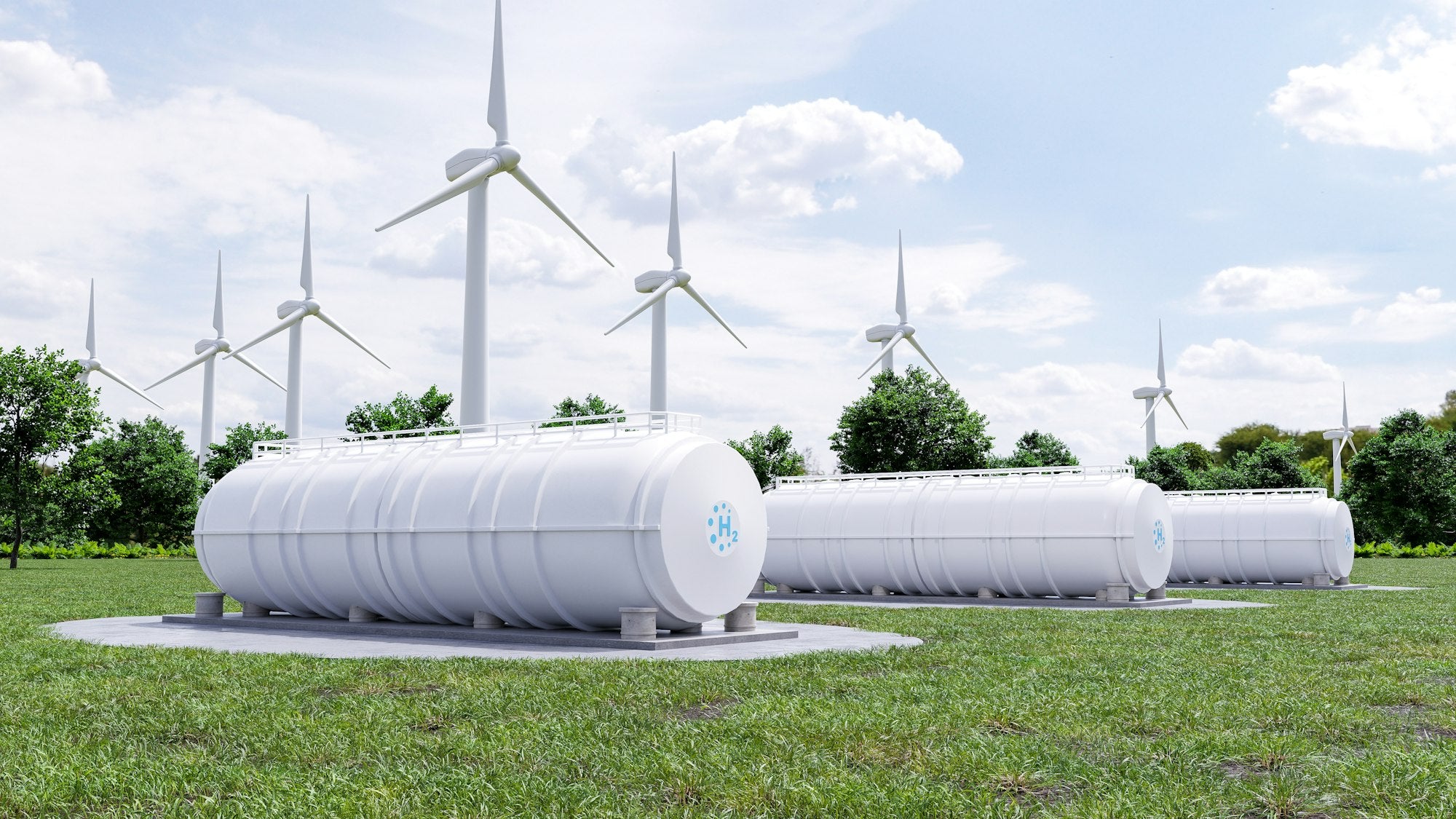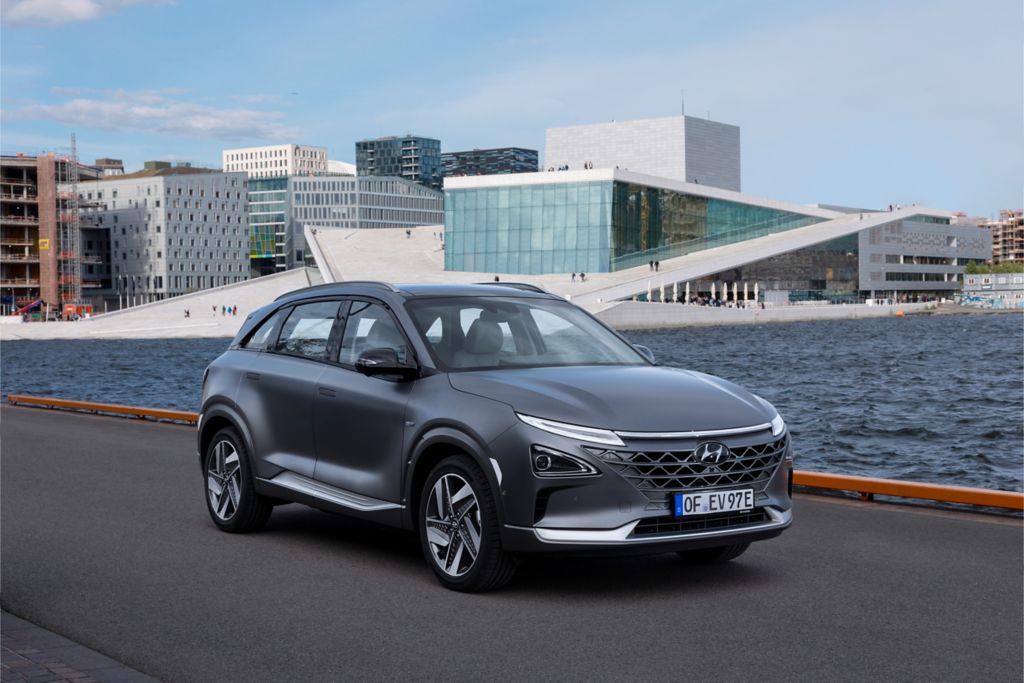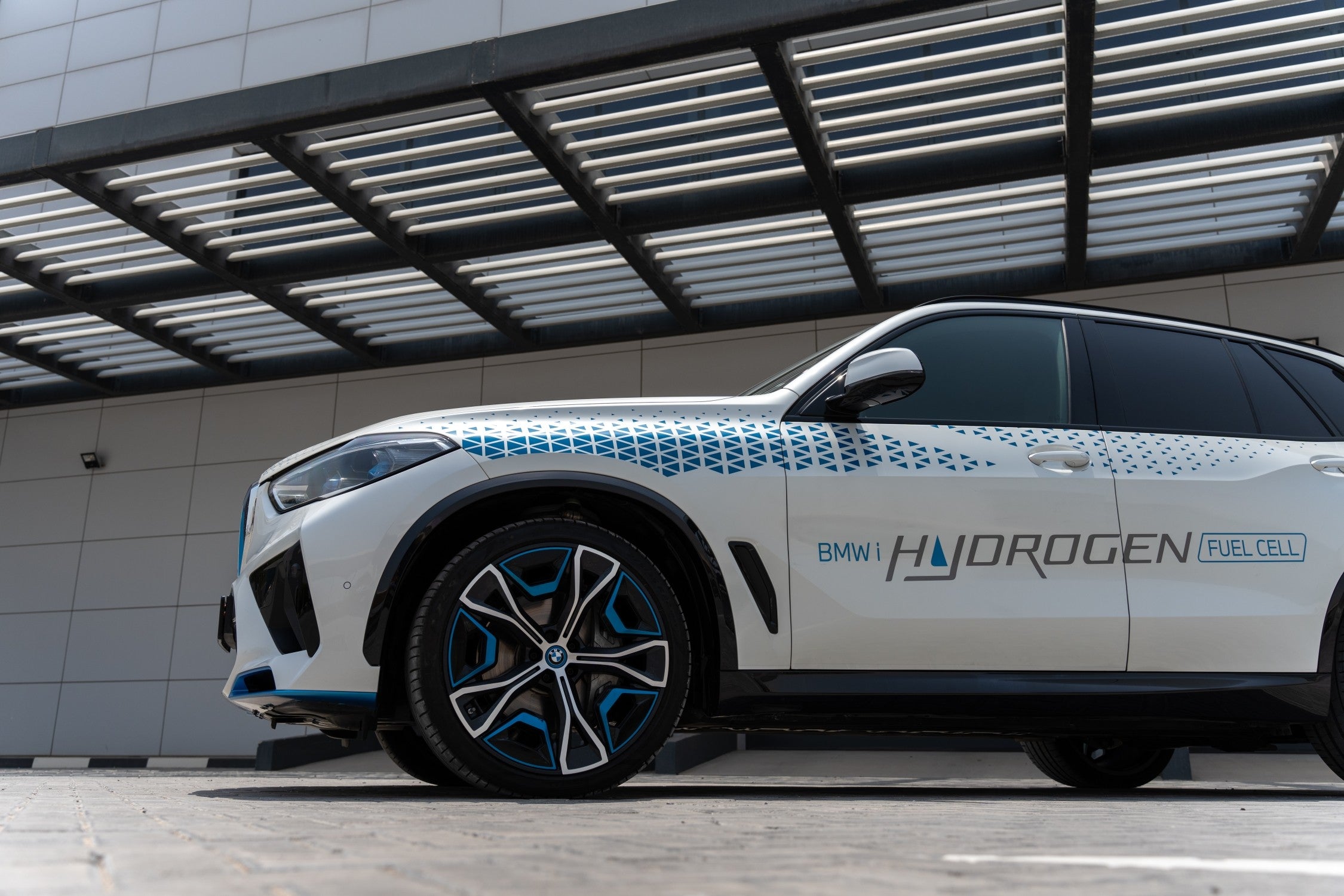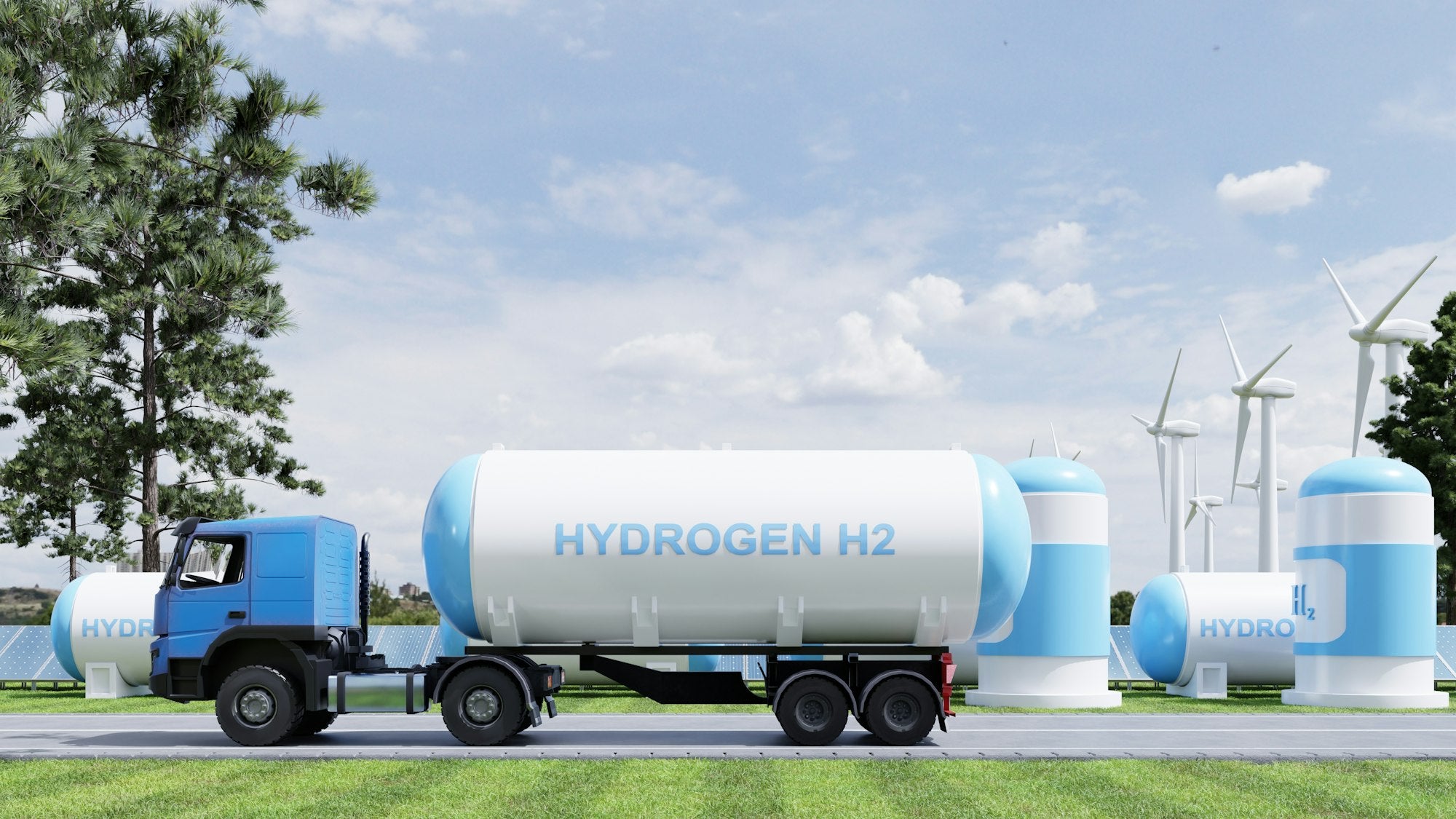Hydrogen Power: A Game-Changer for Cars
Hydrogen: An Emerging Alternative Fuel
In the quest for sustainable energy solutions, hydrogen stands out as a promising alternative fuel source with significant potential to revolutionize how we power our vehicles. As the simplest and most abundant element in the universe, hydrogen offers a clean, efficient way to operate cars without the typical environmental toll associated with fossil fuels. When used in fuel cells, hydrogen combines with oxygen to produce electricity, leaving nothing but water vapor as a byproduct. This clean emission profile makes hydrogen an attractive option in the global effort to reduce greenhouse gas emissions and tackle climate change.
Why Hydrogen is Gaining Attention
The interest in hydrogen as a fuel source is not just about its potential for environmental sustainability but also its versatility and efficiency. Governments and industries worldwide are turning their focus towards hydrogen technology as part of a broader strategy to achieve energy independence and reduce reliance on conventional fossil fuels. In the automotive sector, hydrogen fuel cell vehicles (FCVs) represent a critical step forward in developing a transport system that is not only clean but also has a similar range and refueling time to traditional gasoline vehicles. This shift towards hydrogen is driven by the need to meet stringent emission regulations and to provide a viable, scalable alternative as we move towards a greener, more sustainable future. As infrastructure expands and technology matures, hydrogen could play a pivotal role in shaping the future of transportation, making it a key player in the global energy transition.
Section 1: What is Hydrogen?
Basic Definition
Hydrogen, represented by the symbol H on the periodic table, is the lightest and most abundant chemical element in the universe. Primarily found in its gaseous form under natural conditions, hydrogen is colorless, odorless, and highly flammable. It's found not only in the vast expanse of space but also here on Earth, though mostly combined with other elements, such as in water (H2O) and organic compounds. Hydrogen's simplicity and abundance make it a compelling candidate for fuel applications across various sectors.
Production Methods
The production of hydrogen can be achieved through several methods, with the most common being steam methane reforming (SMR) and electrolysis. SMR involves extracting hydrogen from natural gas, which unfortunately releases carbon dioxide, making it less sustainable. On the other hand, electrolysis presents a much greener alternative by splitting water into hydrogen and oxygen using electricity. When this electricity is sourced from renewable energy, such as solar or wind power, the resulting hydrogen is termed 'green hydrogen.' This method is gaining popularity because it aligns with global goals for reducing carbon emissions and utilizing renewable resources.
Properties and Benefits
One of hydrogen's most remarkable properties is its high energy content per weight, which is the highest of any common fuel by mass. This makes hydrogen incredibly efficient in terms of the energy it can deliver, a major advantage for its use in fuel cell vehicles. Moreover, when hydrogen is used as a fuel, whether in combustion engines or fuel cells, it produces no pollutants or greenhouse gases. The only byproduct from a hydrogen fuel cell is pure water vapor, making it one of the cleanest energy carriers available. This non-polluting nature positions hydrogen as an ideal candidate for advancing environmental sustainability and helping reduce the automotive industry's carbon footprint.
Section 2: Hydrogen as a Fuel for Cars
Technology Behind Hydrogen Fuel Cells
Hydrogen fuel cells represent a pivotal innovation in automotive technology, offering a way to power vehicles by converting hydrogen gas into electricity through a chemical reaction rather than combustion. At the heart of a hydrogen fuel cell is the electrochemical cell, which includes an anode, a cathode, and an electrolyte membrane. Hydrogen gas is fed into the anode, where it is split into protons and electrons. The electrons travel through an external circuit to the cathode, creating an electric current that can power the vehicle's motor. Meanwhile, the protons move through the electrolyte to the cathode, where they recombine with the electrons and oxygen (from air) to form water. This process generates electricity, heat, and water as the only byproducts, making it exceptionally clean and efficient.

Comparison with Traditional and Electric Vehicles
When comparing hydrogen fuel cell vehicles (FCVs) to traditional gasoline vehicles and electric vehicles (EVs), several key aspects stand out:
-
Efficiency: FCVs are generally more efficient than traditional gasoline vehicles because fuel cells convert chemical potential energy directly into electrical energy, avoiding the inefficiencies of combustion engines. While EVs also boast high efficiency due to their electric motors, hydrogen fuel cells typically offer a higher range per fill-up compared to the battery life of most EVs under similar conditions.
-
Refueling Time: One of the most significant advantages of hydrogen vehicles over EVs is refueling time. Hydrogen fuel cells can be refueled in just about three to five minutes, similar to conventional gasoline vehicles. In contrast, EVs require much longer to recharge their batteries—often several hours for a full charge depending on the charging station and battery capacity.
-
Infrastructure Needs: The biggest challenge facing hydrogen vehicles is the lack of extensive refueling infrastructure, which is much more developed for gasoline and, increasingly, for electric vehicles. Constructing hydrogen fueling stations is more expensive and complex, as it involves high-pressure pumps and special handling to store the highly flammable hydrogen gas safely. Meanwhile, electricity is widely available, and EV charging stations are becoming more common, making it easier to own and operate an EV.
Despite these differences, the potential of hydrogen as a sustainable, efficient fuel source makes it a compelling alternative, especially in regions where renewable energy can be harnessed to produce green hydrogen economically. As technological advancements and governmental policies continue to develop, hydrogen fuel technology and infrastructure are expected to advance, making FCVs a more viable and appealing option in the future automotive market.
Section 3: Current State of Hydrogen Fuel Technology in Cars
Examples of Hydrogen Cars
As of now, several models of hydrogen fuel cell vehicles (FCVs) highlight the advancements and practical application of this technology in the automotive market. Two of the most prominent models are the Toyota Mirai and the Hyundai Nexo.
Toyota Mirai:

Hyundai Nexo:

Challenges Faced

Despite the promising developments and the availability of models like the Mirai and Nexo, several significant challenges impede the widespread adoption of hydrogen cars:
-
High Production Costs: Hydrogen fuel cell vehicles tend to be more expensive than their gasoline or battery electric counterparts. This is largely due to the high costs of fuel cell production, which involves expensive materials like platinum, used as a catalyst in the fuel cells, and advanced engineering to ensure safety and efficiency.
-
Lack of Refueling Infrastructure: Currently, one of the most formidable barriers to the adoption of hydrogen cars is the insufficient refueling infrastructure. Hydrogen fueling stations are much less common than traditional gas stations or electric charging stations, largely because they are more expensive and complex to build and maintain. This infrastructure gap makes hydrogen cars less attractive to consumers who need the convenience of readily available fueling options.
-
Efficiency in Production and Transport of Hydrogen: Although hydrogen can be produced in environmentally friendly ways, such as through the electrolysis of water using renewable energy, these methods are not yet widely implemented at scale due to costs and logistical challenges. Most hydrogen is still produced from natural gas, which undermines some of the environmental benefits. Additionally, transporting and storing hydrogen, which must be highly compressed or liquified, presents technical challenges that add to the overall energy cost of hydrogen fuel.
Addressing these challenges is crucial for the future of hydrogen fuel cell vehicles. Continued technological innovations, coupled with governmental support for infrastructure development and incentives for clean energy production, are essential to make hydrogen a viable alternative fuel. As these issues are tackled, we may see hydrogen vehicles becoming more competitive with traditional and other alternative fuel vehicles.

Section 4: Future Prospects
Investments and Developments
The future of hydrogen in the automotive sector looks promising thanks to significant investments and ongoing projects from both governments and major automotive manufacturers. These efforts are focused not only on refining the technology behind hydrogen fuel cells but also on building the necessary infrastructure to support its widespread adoption.
-
Government Initiatives: Many governments worldwide have recognized the potential of hydrogen as a key component of their clean energy strategy. For example, the European Union, Japan, and South Korea have committed substantial resources to developing hydrogen roadmaps and funding research and infrastructure projects. These include investments in new hydrogen refueling stations and subsidies for hydrogen-based technologies.
-
Automotive Manufacturers' Commitment: Leading car manufacturers like Toyota, Hyundai, and Honda are investing heavily in the development of hydrogen fuel cell technology. These companies are not only improving the technology and efficiency of their existing models but also partnering with energy companies to enhance the hydrogen supply chain and refueling infrastructure. Additionally, new players and startups are entering the market, further driving innovation and competition.

Environmental Impact
The potential environmental benefits of a widespread adoption of hydrogen cars are substantial, particularly in terms of reducing greenhouse gas emissions and decreasing dependency on fossil fuels.
-
Reduction in Greenhouse Gas Emissions: If hydrogen is produced using renewable energy sources through methods like water electrolysis, the overall carbon footprint of hydrogen fuel cell vehicles could be minimal. As the technology advances and green hydrogen production becomes more economically feasible, hydrogen cars could significantly contribute to reducing global CO2 emissions.
-
Decreased Dependency on Fossil Fuels: Hydrogen offers an attractive alternative to fossil fuels, not just in personal and public transportation but also in sectors like shipping and manufacturing. By diversifying the energy mix and reducing reliance on oil and gas, countries can achieve greater energy security and stability, which is particularly important in regions where geopolitical tensions affect oil supply.
-
Complementing Renewable Energy Adoption: Hydrogen can play a crucial role in a renewable energy future. Excess power generated from wind, solar, or hydroelectric sources can be used to produce hydrogen, effectively storing this energy. This stored hydrogen can then be used to power vehicles and help balance grid demand, facilitating a more flexible and resilient energy system.
Looking Ahead
As the automotive industry evolves, the integration of hydrogen technology presents an exciting opportunity to redefine clean mobility. Continuous research and collaborative efforts between governments and private sectors are essential to address current challenges and realize the full potential of hydrogen as a sustainable fuel. With strategic investments and supportive policies, hydrogen could become a cornerstone of a zero-emission future, offering a viable solution that complements other renewable energy technologies.




